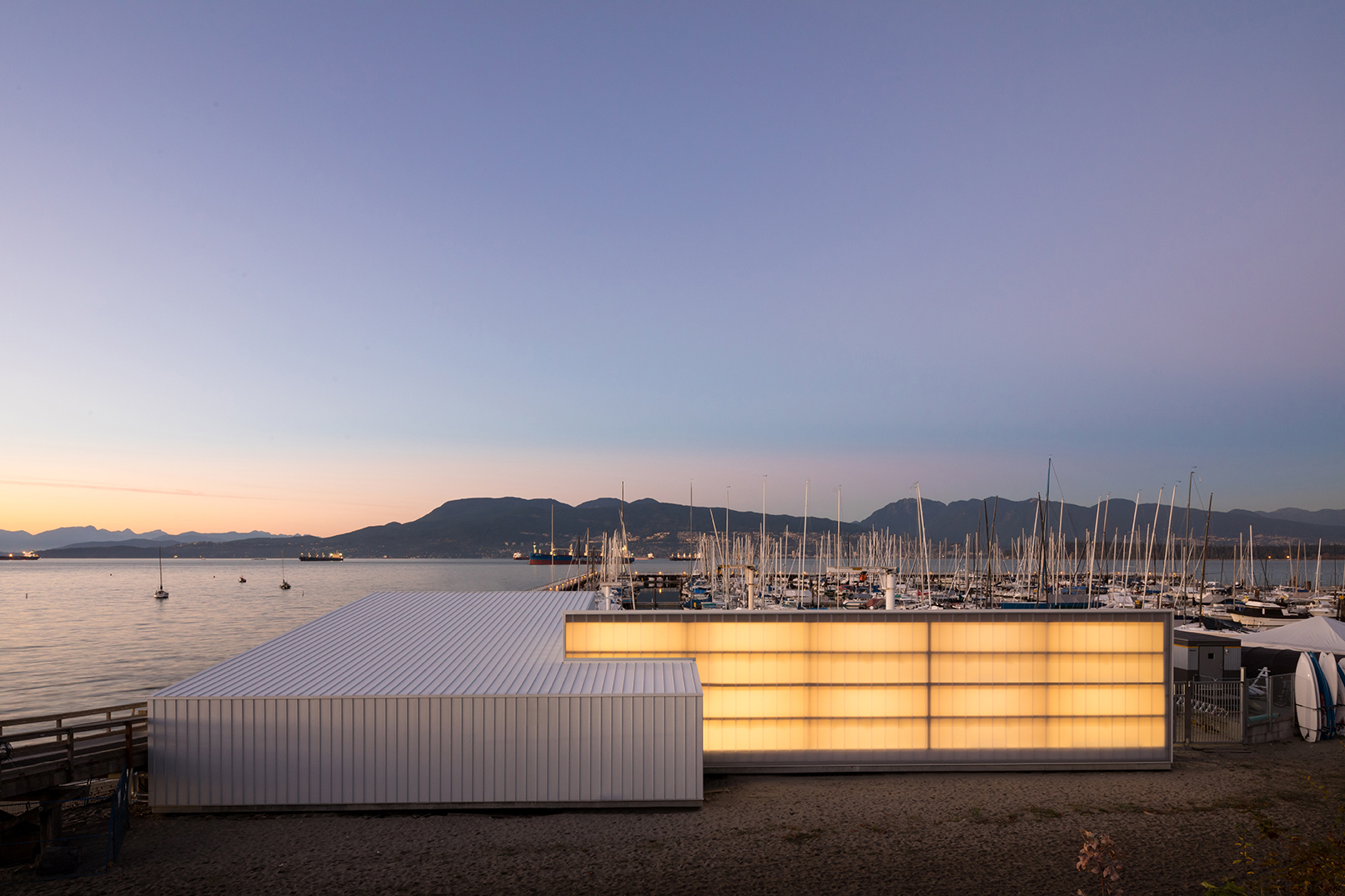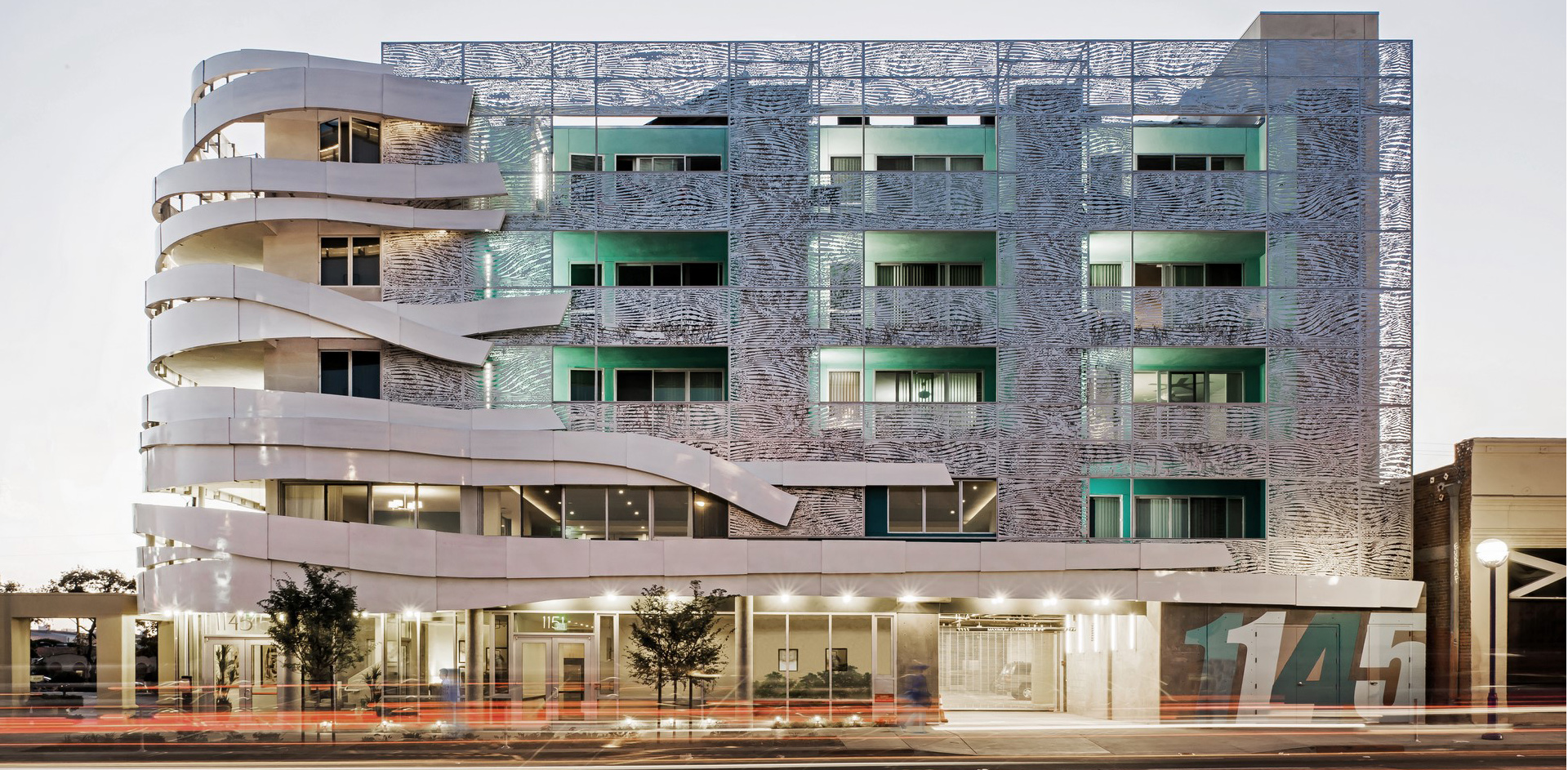The jury's votes are in — Architizer is proud to present the winners of the 2025 Vision Awards! Join the program mailing list and continue celebrating the world's best architectural representations by clicking here.
The line between architecture and fine art is thin and fluctuating. For centuries the two have been intertwined, taking influence from one another and progressing the style of their counterpart. Historical figures like Michelangelo, Bernini and Vasari all turned their hand to painting, sculpture and architecture — all very successfully, it should be added. Today, many consider the practice of architecture to be an art form in itself.
For architects, fine art may seemingly promise creative freedom: no ties to a brief or a client, just pure creative expression and a keen eye for form, color, texture and space. It should come as no surprise that there are many well known architects who were also lesser-known but still prolific fine artists. There is no doubt there will be many more to come. Here are five of the most well-recognized architects historically who have shown a penchant for fine art, creating thought-provoking and exciting paintings, sculptures and more.

Lou Ruvo Center for Brain Health by Frank Gehry, Las Vegas, NV, United States Photograph by Matthew Carbone
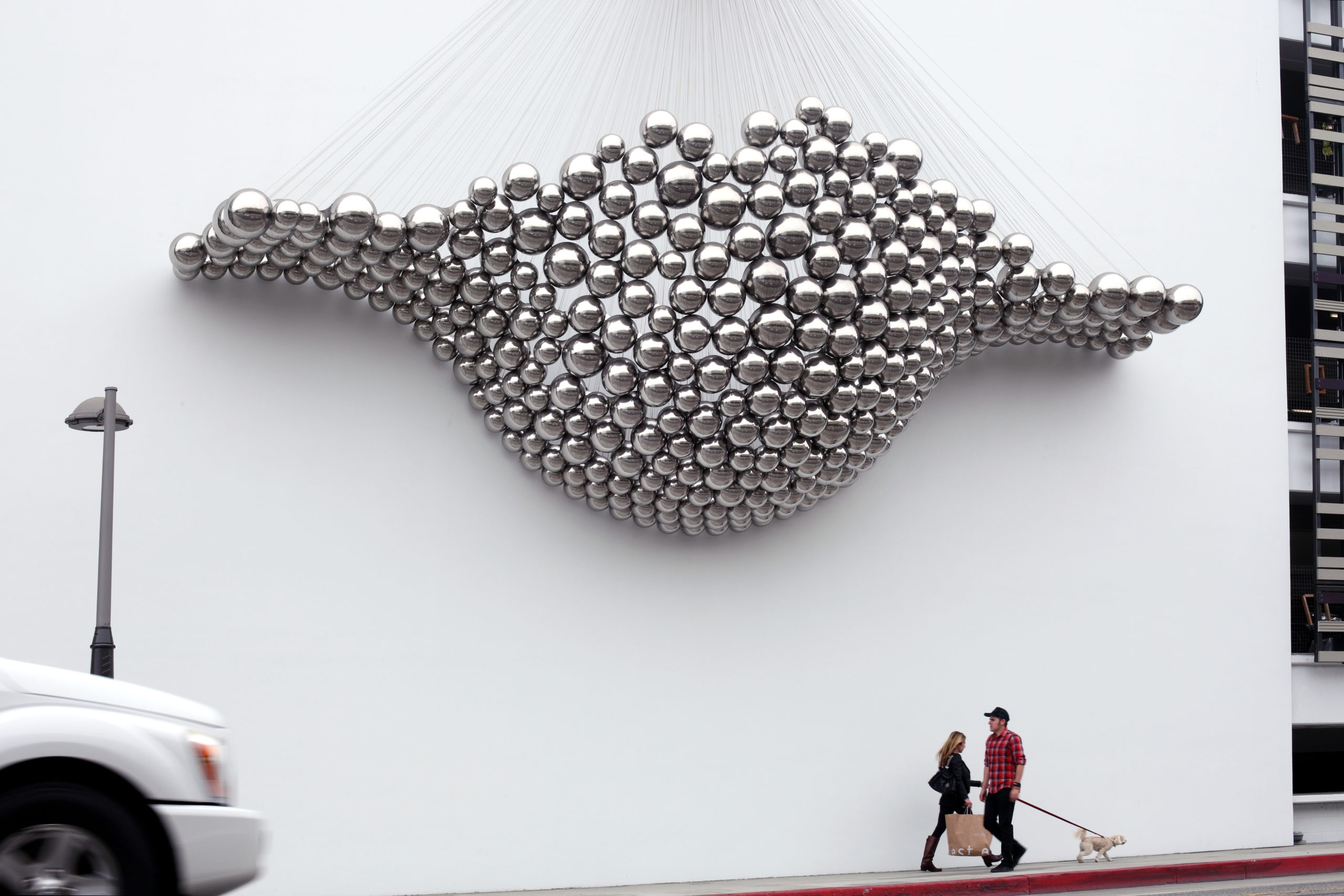
Cradle by Frank Gehry, Santa Monica, CA, United States
Frank Gehry
Perhaps one of the most widely recognized names on the list of multi-disciplinary talents, Frank Gehry is a world-renowned architect who is especially known for his signature metallic ribbons exemplified in his design for the Guggenheim in Bilbao.
More than a museum designer, Gehry’s interest in fine art spans multiple mediums, and he has coordinated many exhibitions of his works since his first in 1999. Significantly, his body of work revolves around animal forms — particularly fish — and he has created a range of objects from huge sculptures to sculptural lamps that explore the twisted form of fish in water. While most of his historical pieces are in his signature sheet metal, his latest exhibition in 2021 will feature works in polyvinyl and copper for the first time.
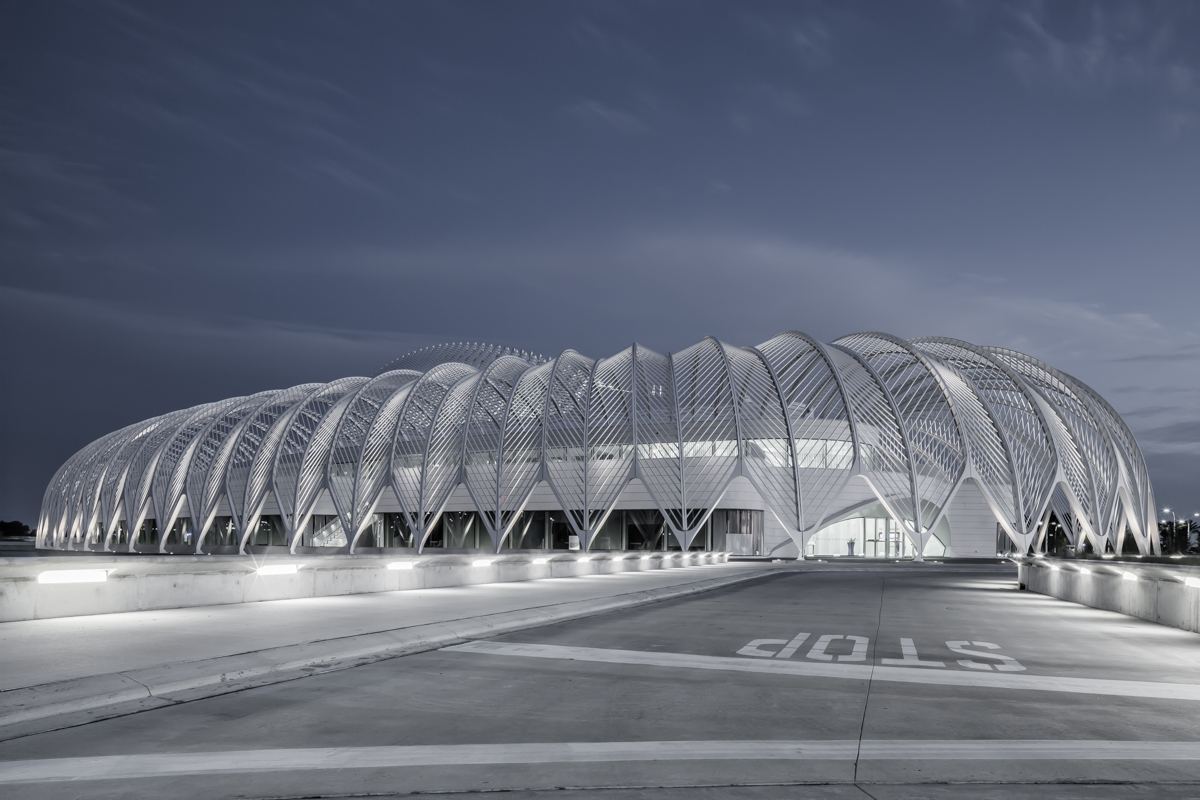
Florida Polytechnic University by Santiago Calatrava, Lakeland, FL, United States
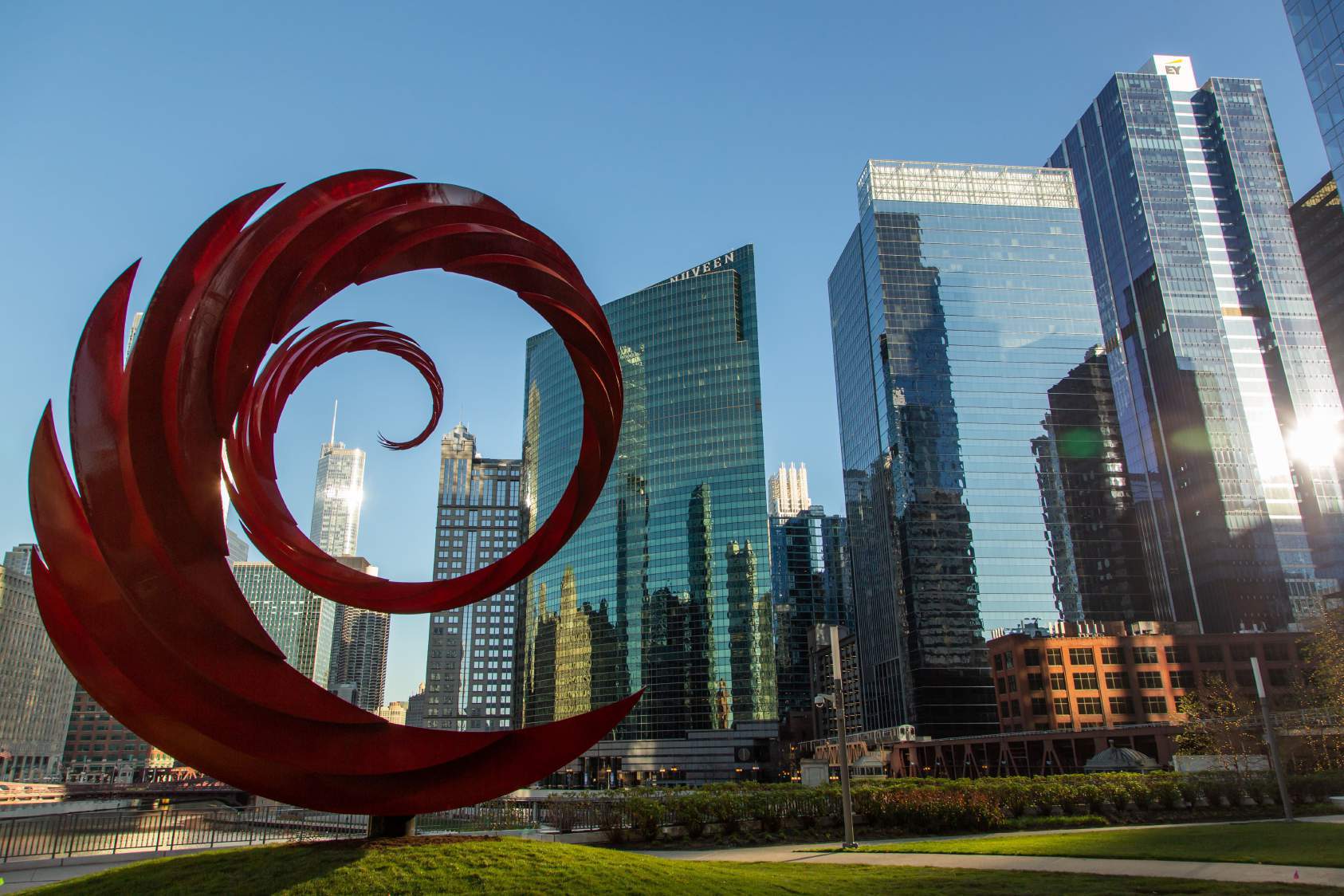
Constellation by Santiago Calatrava, Chicago, IL, United States
Santiago Calatrava
Known for his complex white structures and engineering prowess, Santiago Calatrava has an extensive architectural portfolio. While most people will be familiar with his architecture, less well known is the fact that he is a celebrated sculptural artist and painter. What is more, Calatrava’s fine art often informs his architectural work and some of his buildings.
For example, Turning Torso in Malmö, Sweden, was initially conceptualized as a sculptural piece before being developed into a building. Calatrava’s art has been exhibited widely throughout his career, being shown in the Metropolitan Museum of Art in New York City as well as the Vatican Museum in Rome.
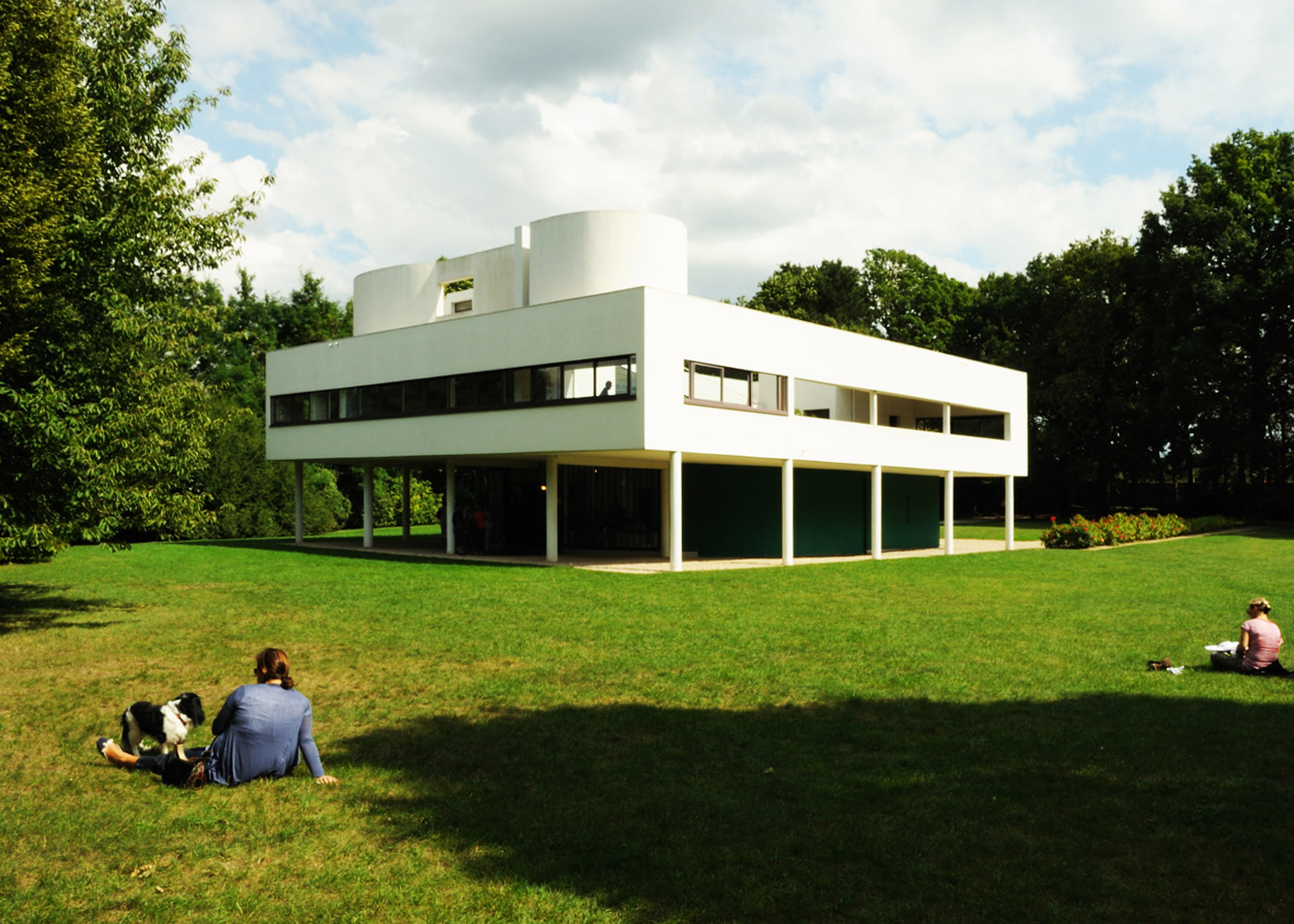
Villa Savoye by Le Corbusier, Poissy, France. Photograph by Flavio Bragaia
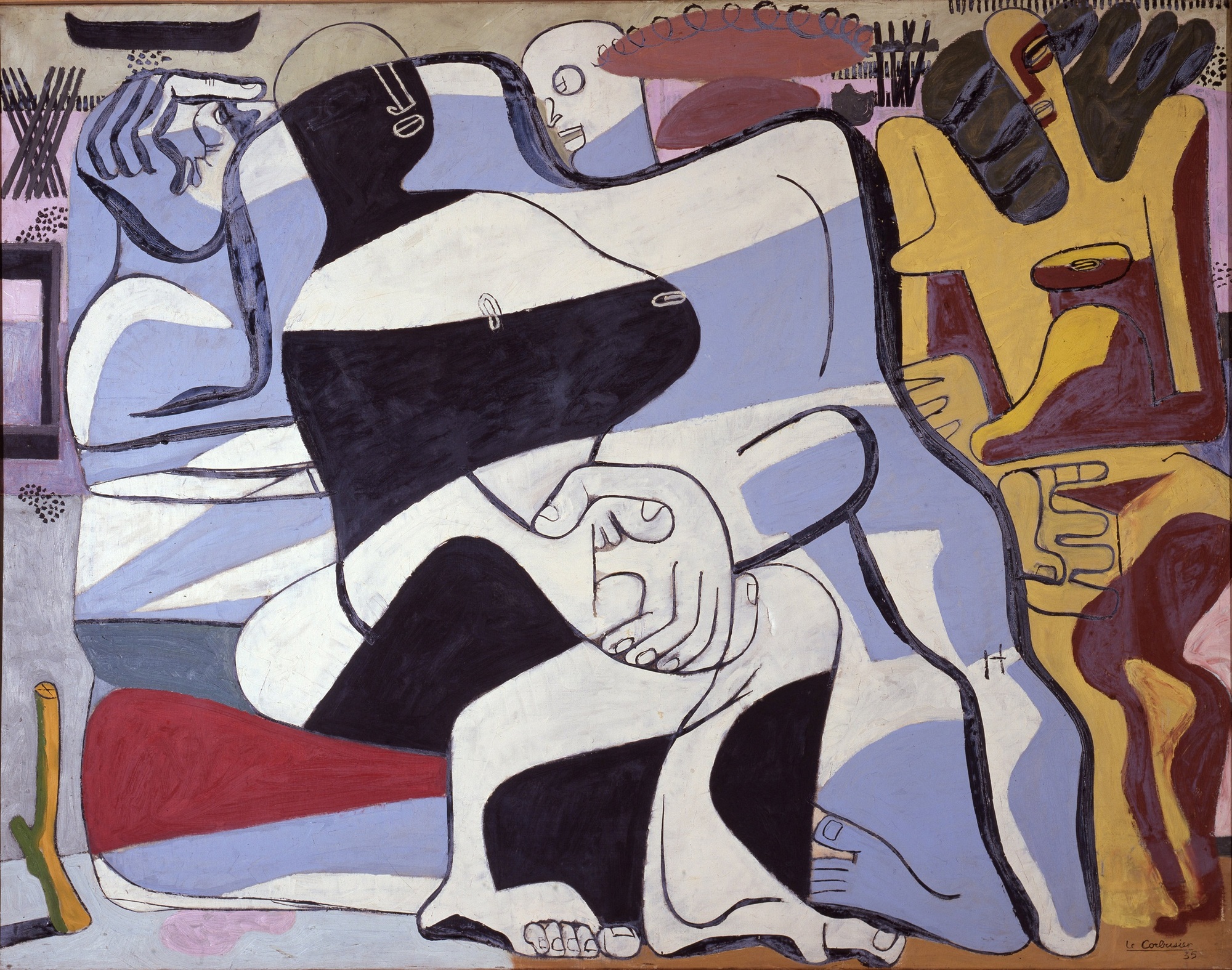
Trois Baigneuses, 1935 by Le Corbusier. Image via The Foundation Le Corbusier / FLC ADG
Le Corbusier
Charles-Édouard Jeanneret, more popularly known as Le Corbusier, was a Swiss-French architect, designer, painter, urban planner and writer. In 1918 the controversial father of Modern architecture befriended the Cubist painter Amédée Ozenfant after moving to Paris. The artist encouraged the young architect to paint. Together, they sought to establish a new artistic movement, Purism, which Le Corbusier embraced his entire life.
Although it undoubtedly influenced his architectural work, at the same time, Le Corbusier’s bright graphical artwork sits completely separate from his built output. The styles are distinctly individual and, unlike most architectural fine artists, he enjoyed the practice of painting for what it was and not as a means to an end (architecturally).

Fallingwater by Frank Lloyd Wright, PA, United States
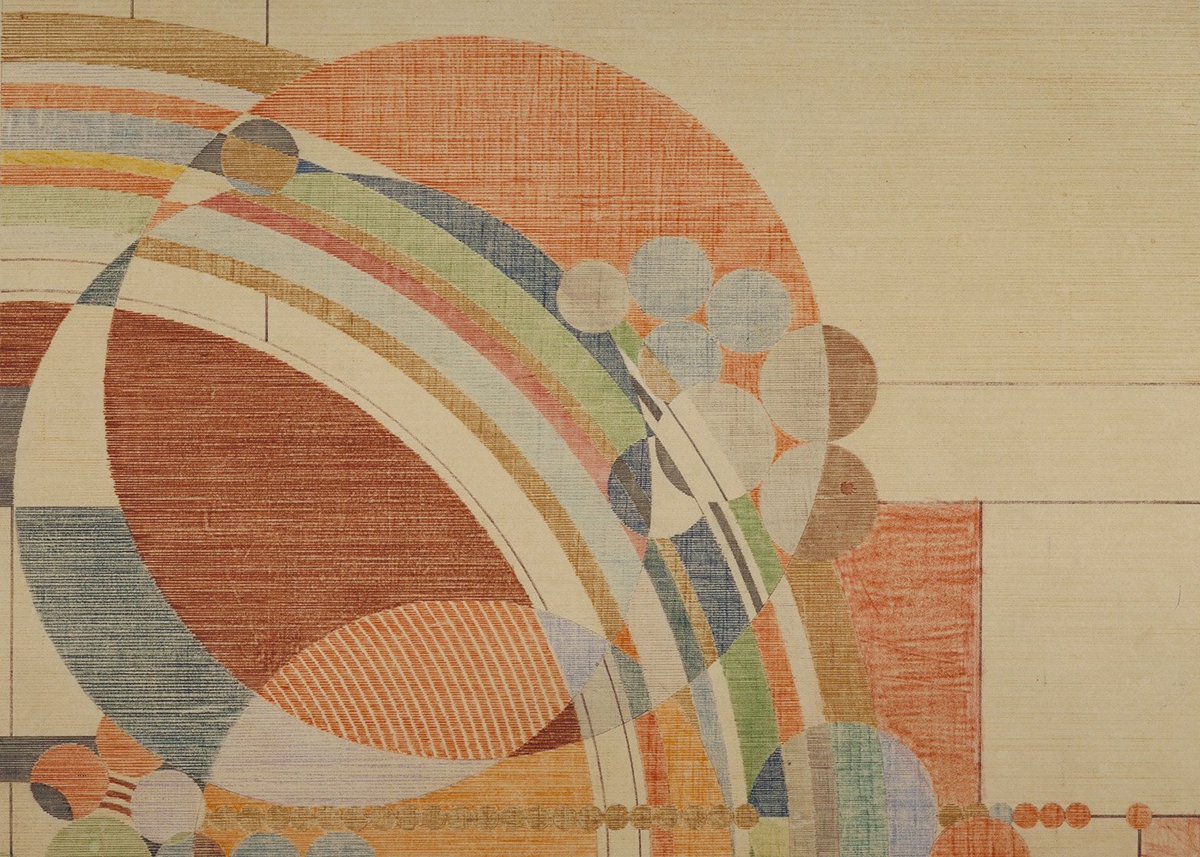
March Balloons, Design for Karastan Carpets, Adapted from the Cover Design for Liberty Magazine by Frank Lloyd Wright
Frank Lloyd Wright
Looking at the architectural works of Frank Lloyd Wright, it is not difficult to understand he is also recognized as an accomplished fine artist. Across his projects, Wright’s attention to detailing and sculptural input is vast and fascinating. Meanwhile, the watercolor and illustrative pieces that supported his proposals are elegant and beautiful.
That said, Wright was not always the hand behind these works; they were often drafted by Marion Mahony Griffin, an architect at Wright’s firm and the first female licensed architect in Illinois who is now regarded as the influence behind his signature style. Despite these misattributions, the work that is attributed to the famous American architect holds its own ground. Frank Lloyd Wright was undoubtedly a talented fine artist who provided the American Midwest with a distinctive style.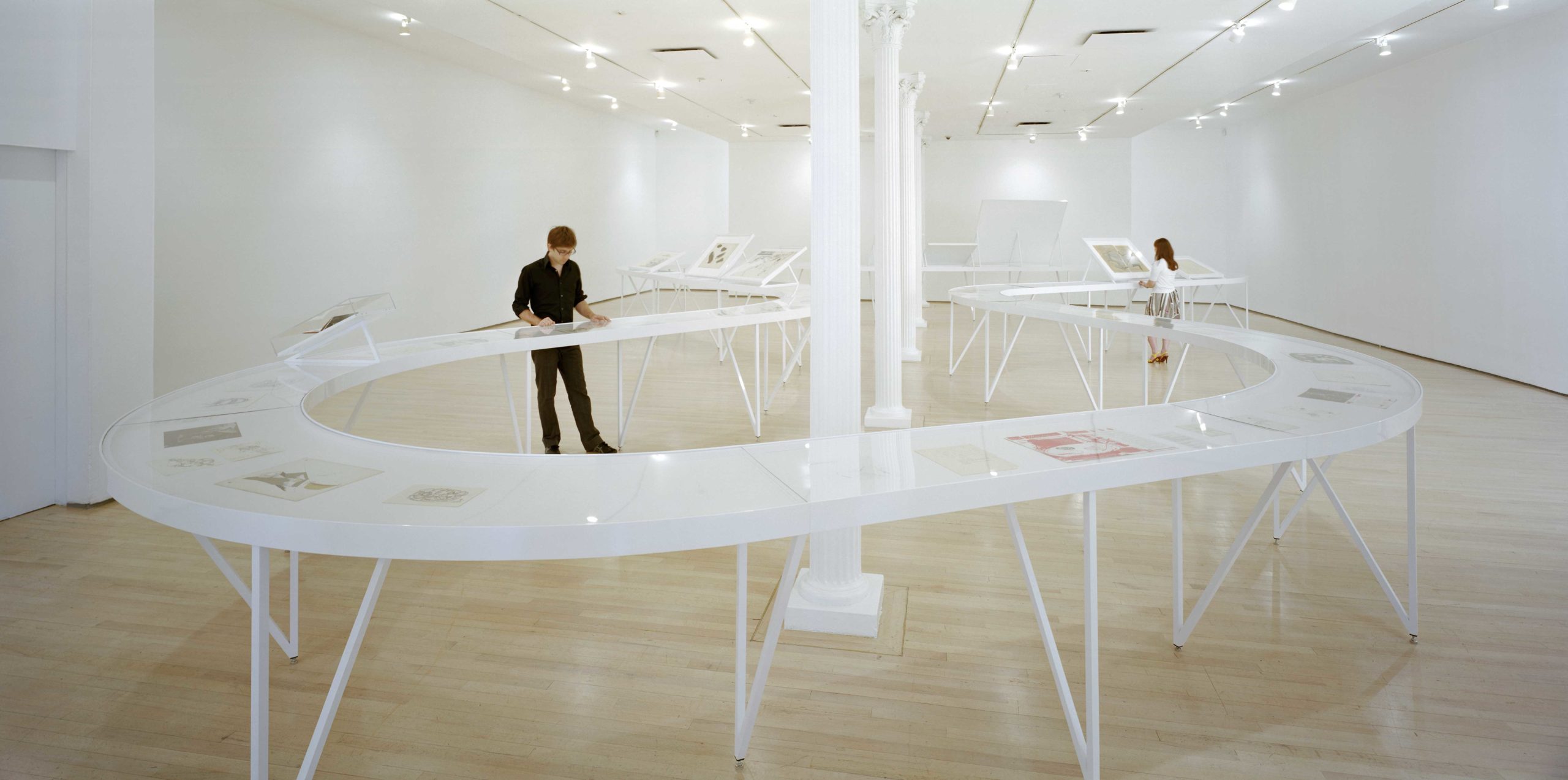
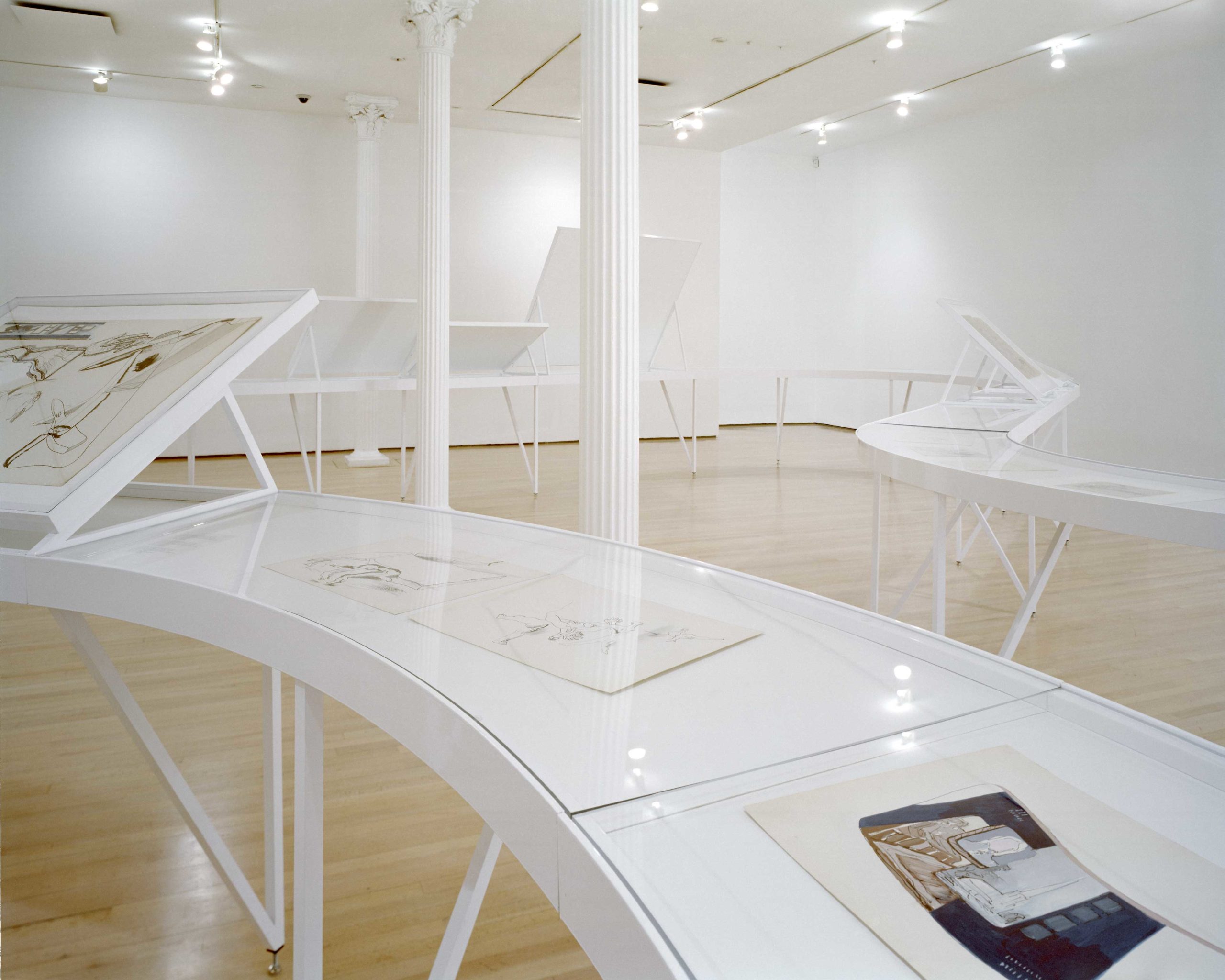
Kiesler Exhibition: Endless Table 2008, Manhattan, New York, NY, United States
Frederick Kiesler
Unlike his peers, Frederick Kiesler started out as a fine artist and only later became a prolific name architecture. Despite his limited number of complete structures, he had great success in theatre and exhibition design, and his theoretical exploration into the function of home in “Endless House” was regarded as groundbreaking. He was widely accepted as an artist within avant-garde circles and his extensive production of fine art allowed him to curate many exhibitions of his work which has continued to this day.
The jury's votes are in — Architizer is proud to present the winners of the 2025 Vision Awards! Join the program mailing list and continue celebrating the world's best architectural representations by clicking here.
 Constellation
Constellation  Cradle
Cradle  Florida Polytechnic University
Florida Polytechnic University  Lou Ruvo Center for Brain Health
Lou Ruvo Center for Brain Health 